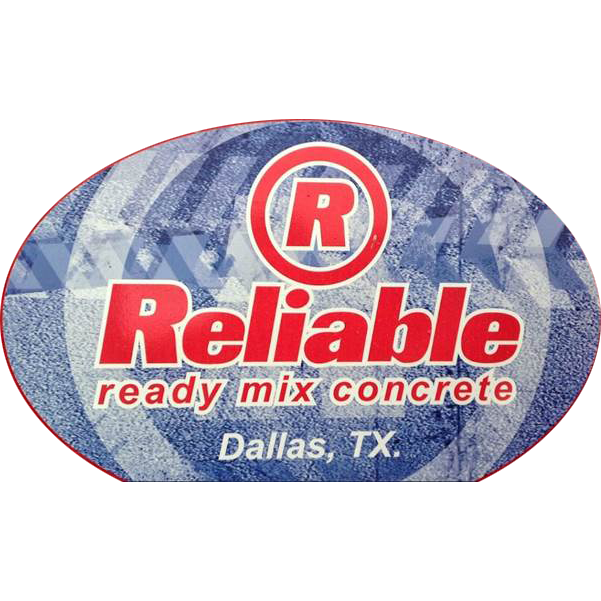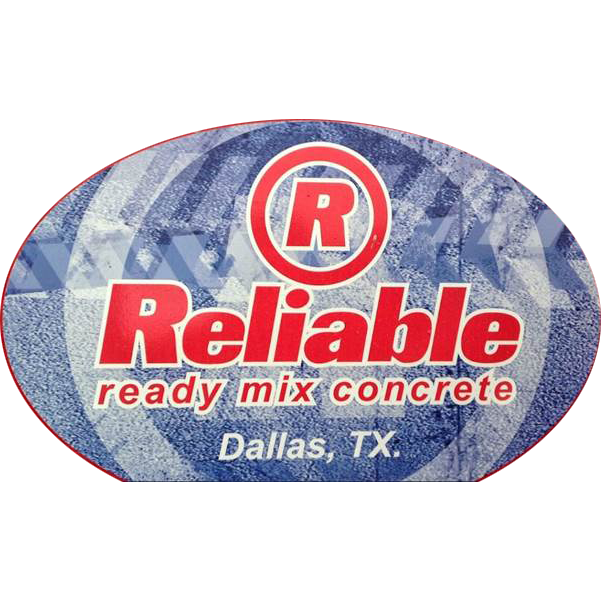
Reliable Concrete
(on commerce)Contractors in Dallas, TX

Reliable Concrete is a ready mix concrete supplier serving the Dallas-Fort Worth Metroplex area. Our company's mission is in our company name. We will supply quality ready mix concrete at competitive pricing for your commercial, residential, and industrial needs.




I don't even want to give this company one star!! The service is horrible. The material is even worse. Save yourself the headache and use someone else!!!
Let me start out by saying I have ordered and received several hundred yards of concrete from Reliable Concrete and not had any great issues. Walter and...
3 hrs late as they kept telling me they were a few minutes away. Concrete quality was poor. Should change their name to Un-Reliable Concrete.Will never use...